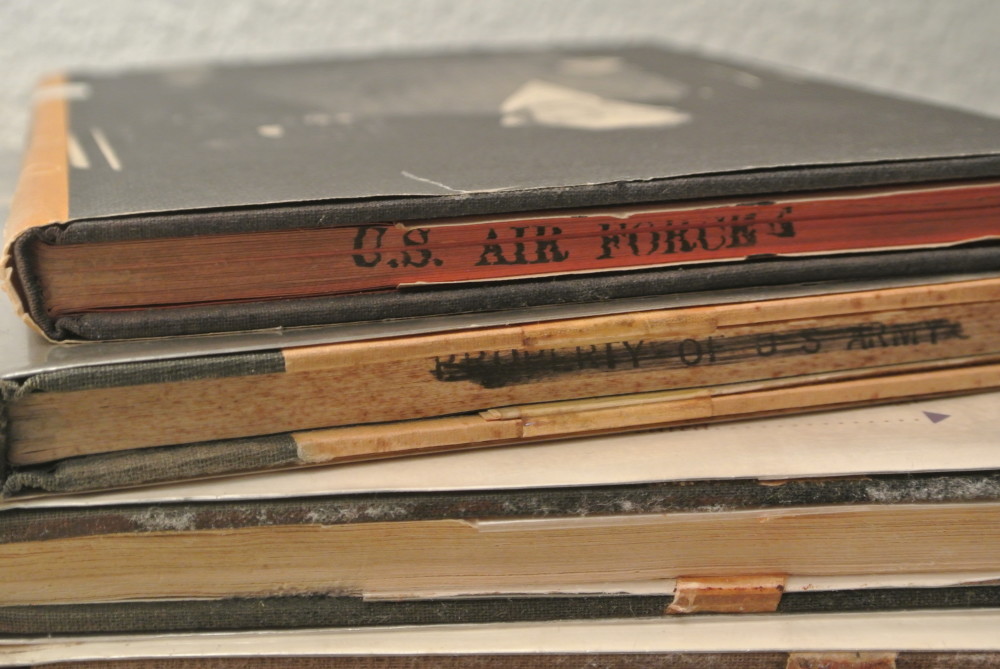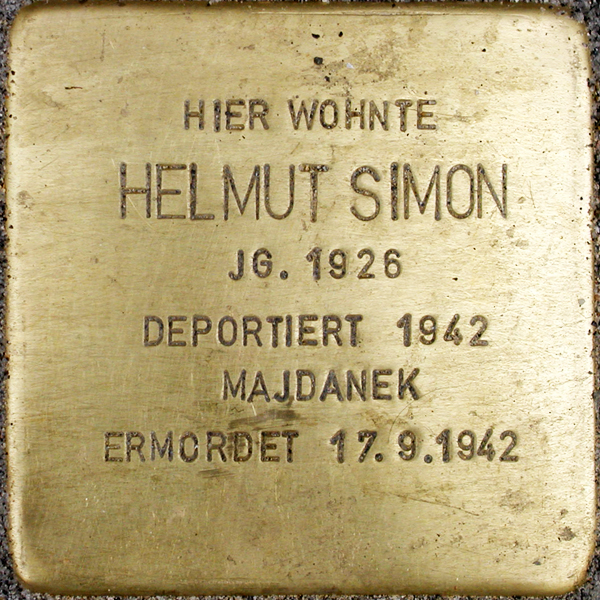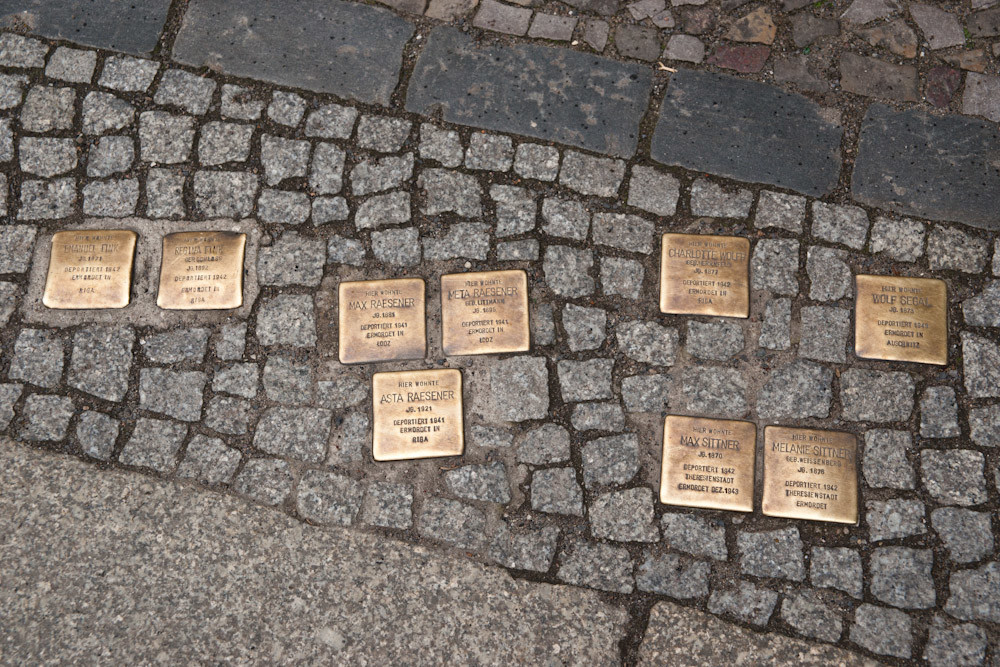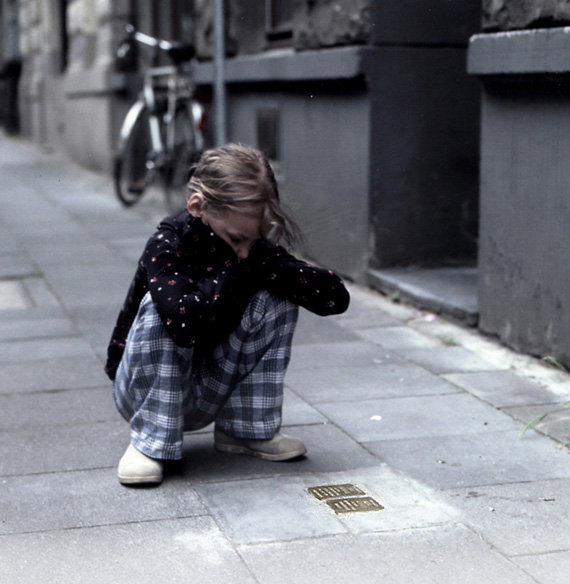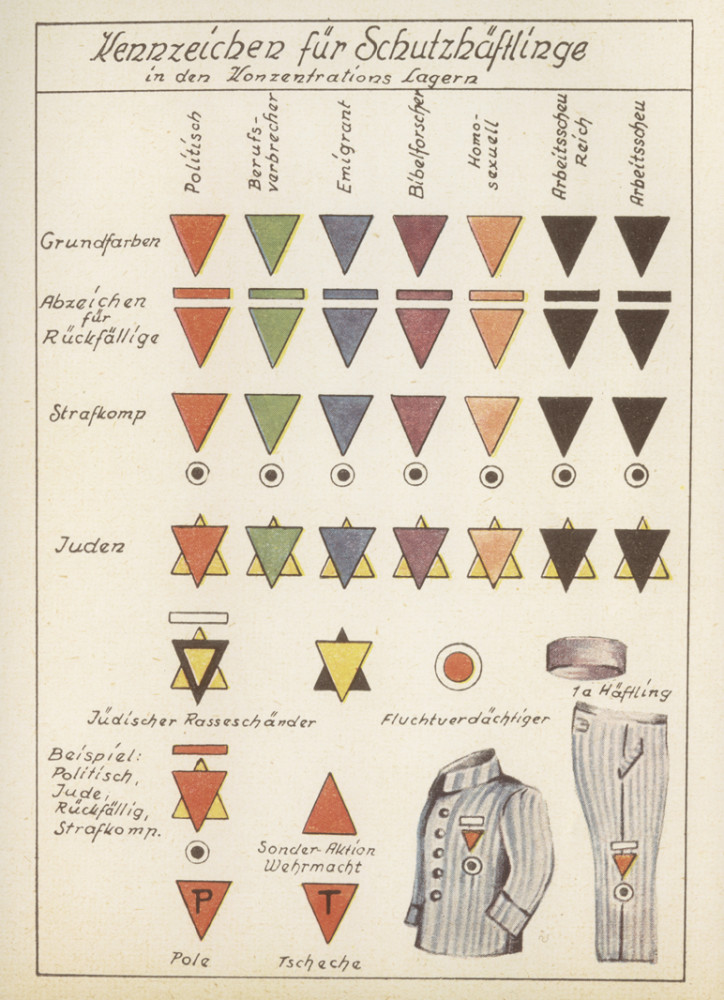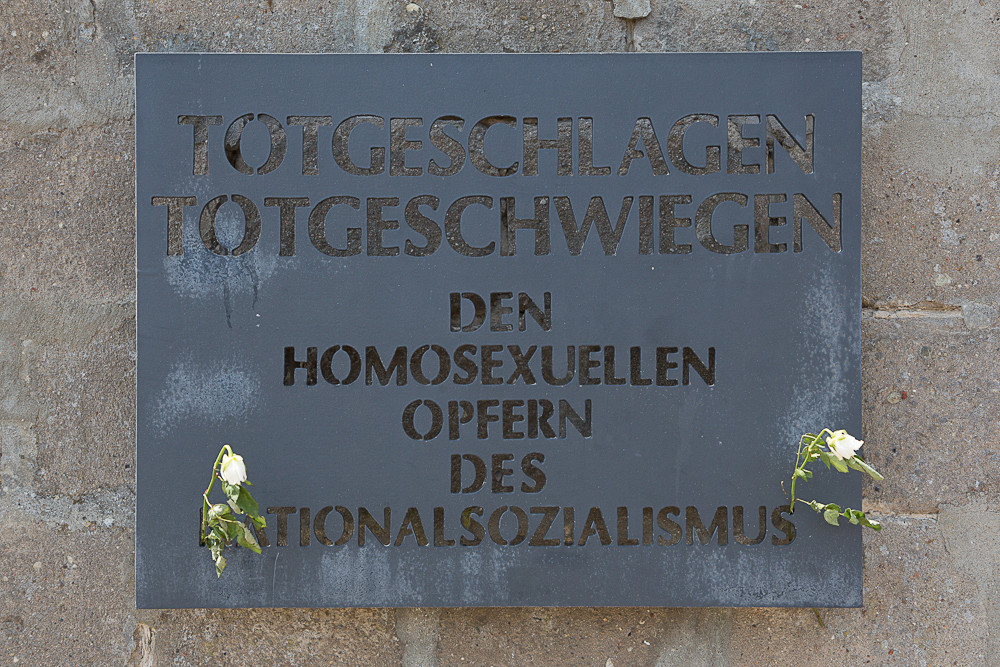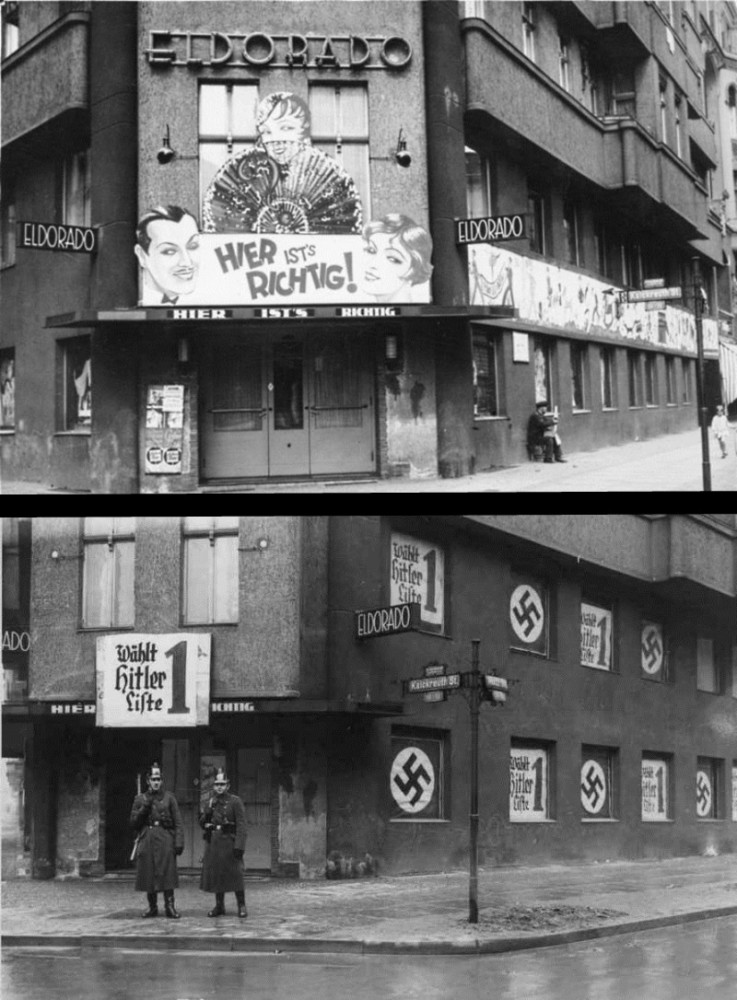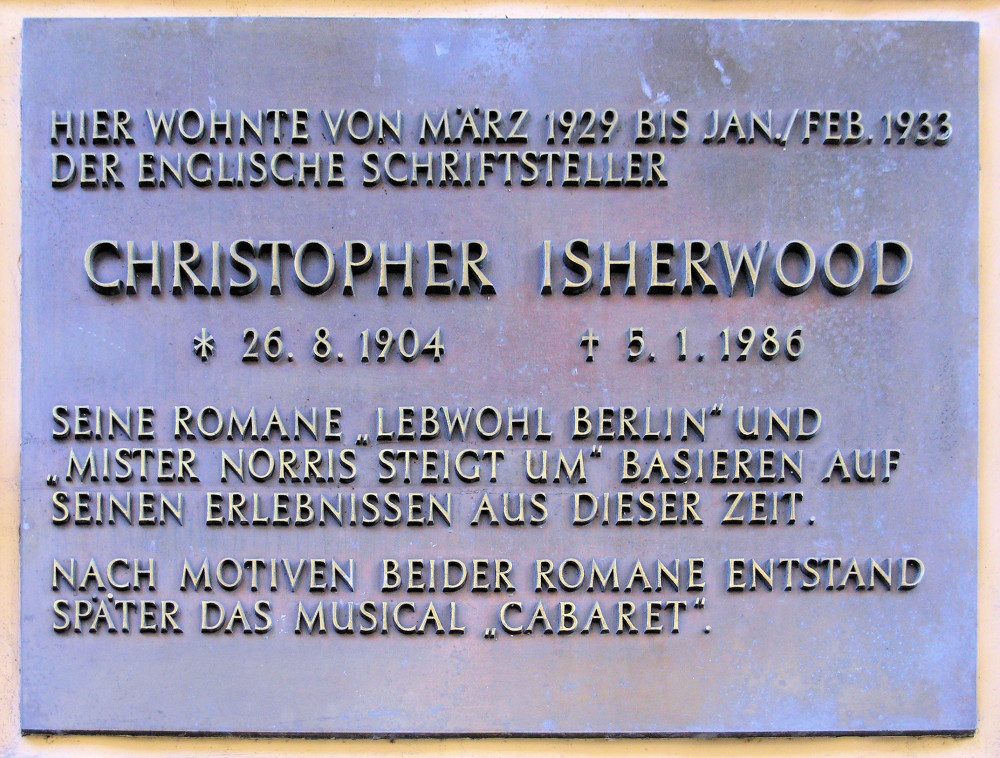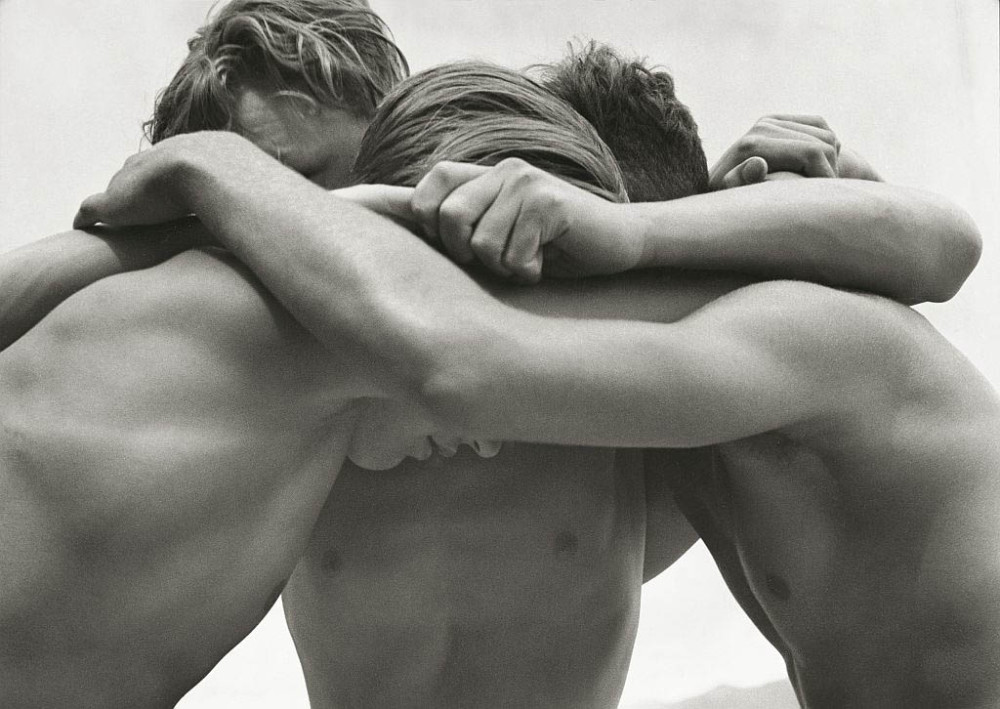
American poet Brian Turner visited Basel for a few days in May. Brian in a veteran of the US Army and has served in Bosnia-Herzegovina and Iraq. His three books concentrate on war experiences and have a gritty urgency: Here, Bullet (Bloodaxe, 2007), Phantom Noise (Bloodaxe, 2010) and My Life as a Foreign Country (Norton, 2014). After a centenary year of First World War poetry, it’s clear on all sides that nothing has been learned from the long history of human warfare. We still go to war and write about what it was like. It’s mostly horror, not glory, in the literature. We can leave the glory to others.
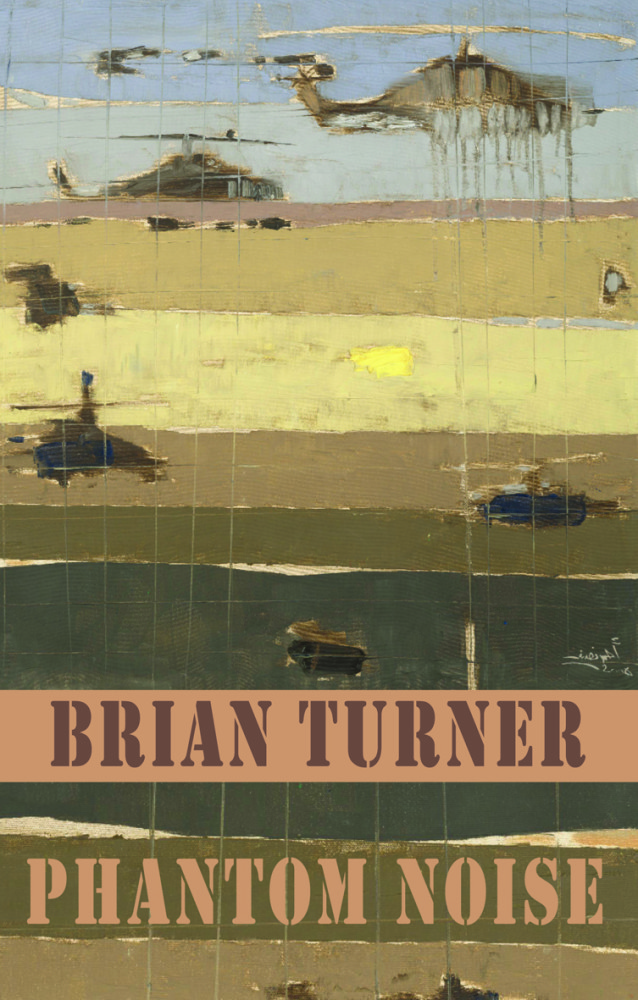
Brian is from Fresno, California, from a family military tradition going back to the Civil War. He is director of the MFA programme at Sierra Nevada College and lives in Orlando, Florida with his wife, the poet Ilyse Kusnetz. The New York Times Book Review described his work as “a dispatch from a place arguably more incomprehensible than the moon—the war in Iraq…”
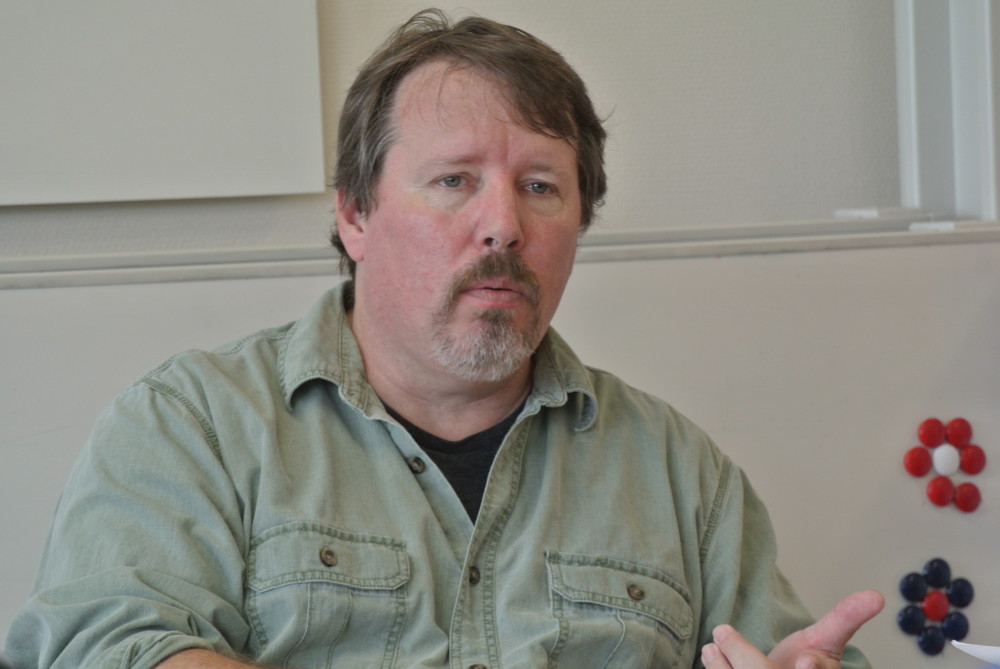
In his readings and exchanges with kids at school, Brian spoke about incomprehension bordering on ignorance on the home front, and about the shock of Iraq, what it does to your adrenalin and your sleep. Children (and adults too) need war writers, especially poets, as a corrective for the pervasive media language and the language of leadership. Though war has a long and sometimes even noble tradition, I wasn’t aware of the term “mil-lit” for military literature. The term takes the nobility down a peg or two, suggesting the commodification of war, the short attention spans of the home front. It indicates too that writing about war has joined the self-help genre, which cheapens everything it touches.
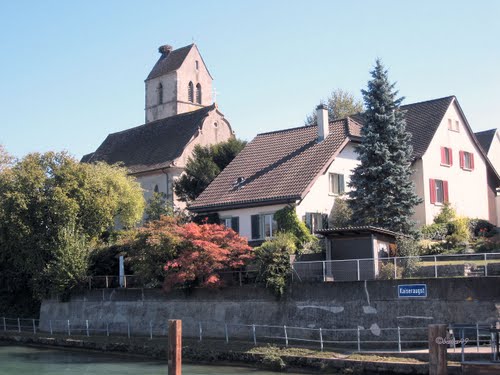
Kaiseraugst viewed from the Rhine, with the St. Galluskirche
I’d wanted to take Brian to visit the trenches across the border in France, but time constraints and school commitments scotched that idea. Instead, we went to Kaiseraugst, the remains of a Roman fort on the Swiss side of the Rhine, named for the Emperor Augustus. The fort commanded a bridge connecting Gaul to the Danube. There’s a fourth century baptistry there, built into the riverbank, underneath the present St. Gallus Church, itself testifying to Irish saints and scholars who passed that way.
I wanted Brian to get a sense of deep local history – even deep military history. And to make a point about empires in the long run. The old terrain of Iraq, many times battle-scarred, comes through as bedrock in his poems, as a point of reference for the futility of the current war. One poem cites Harry Mattison: “The grace of the world survives our intervention”.
Kaiseraugst and nearby Augusta Raurica is the oldest known Roman colony on the Rhine. An important collection of Roman silver was unearthed in 1961-62 beneath the playground of what is now the village school.

The path by the Rhine, where surely Romans on guard duty must have looked across the water at Germania, led Brian to think it must have been an easy posting. There are worse places, he knows, to do guard duty. I thought of W. H. Auden’s poem “Roman Wall Blues”:
Over the heather the wet wind blows,
I’ve lice in my tunic and a cold in my nose.
The rain comes pattering out of the sky,
I’m a Wall soldier, I don’t know why.
The Tigris River flows through many of Brian’s poems, giving them a plangent quality, bearing witness to the history along its banks. The salt flats in “Milh” remind me of the lost world of Wilfred Thesiger’s Marsh Arabs:
Ankle-deep in the white-ochre saltflats
north of Babylon, women harvest salt
with buckets and bare hands,
in stands of water the color
of rust, or a blue dark as oil
In “Waking Early Sunday Morning”, the poet Robert Lowell expressed the hope, already half a century old, for:
peace to our children when they fall
in small war on the heel of small
war – until the end of time
to police the earth, a ghost
orbiting forever lost
in our monotonous sublime
That peace has not come, nor is the “monotonous sublime” pitching up any time soon either. Brian’s poems are full of matériel, the dreck of war, jargon reinvented to give a technical gloss to the old familiar battleground:
whiskey and vodka, pirated East European porn videos
the kids hawk to soldiers – the freaky freaky they call it,
and foil-wrapped packages of heroin, heroin
thrown to the river;
Al-A’imma Bridge
I started reminiscing about the junk the Vietnam War had left behind in Thailand, and the mass import of Americana to the countries of South-East Asia. Here it is again in Iraq:
a woman in sparkling green, standing
among antennas and satellite dishes,
hanging laundry on an invisible line.
In the Leopold Scope
These remnants of the Vietnam War – which of course the Vietnamese call the American War – were still evident in Bangkok in the mid-eighties when I lived there.

There was an old Nam bar called Lucy’s Tiger Den, run by a vet and his Thai wife. Up-country, in-country, I met former soldiers who had settled down around the former airbase towns on Friendship Highway, built by the Americans across eastern Thailand. From Khon Kaen, Korat, Ubon, Nhakon Phanom, USAF combat sorties took off to carpetbomb Cambodia and Laos. I had a friend called Johnny Whiterobes, ex-Military Police, who used to see stereos, cars, entire houses go by his watch, much of it off-the-record payback to the Thai military.
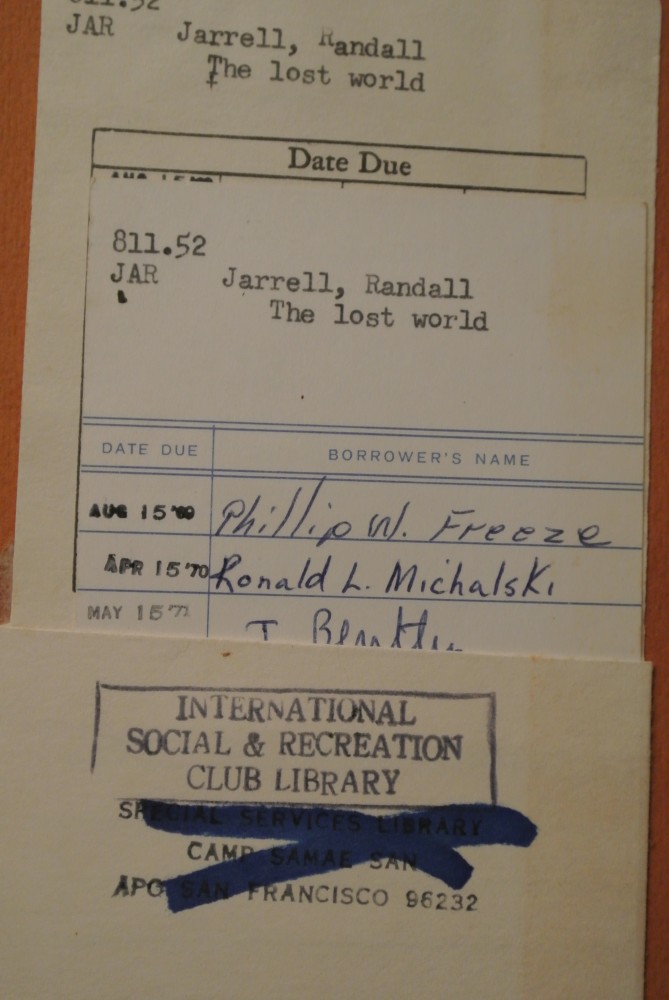
I used to pick up withdrawn poetry books from the International Social and Recreation Club Library, the Special Services Library. They were mylar-covered first editions of Ted Hughes’s Crow, Plath’s Ariel, Randall Jarrell, Robinson Jeffers, Robert Penn Warren, all the august poetry names of the fifties and sixties. I wondered, and still wonder, who those poetry readers were from 1969, 1970 and 1971. Were they grunts? Were they fed up with the heat? Did they survive the war intact, like the books they read?
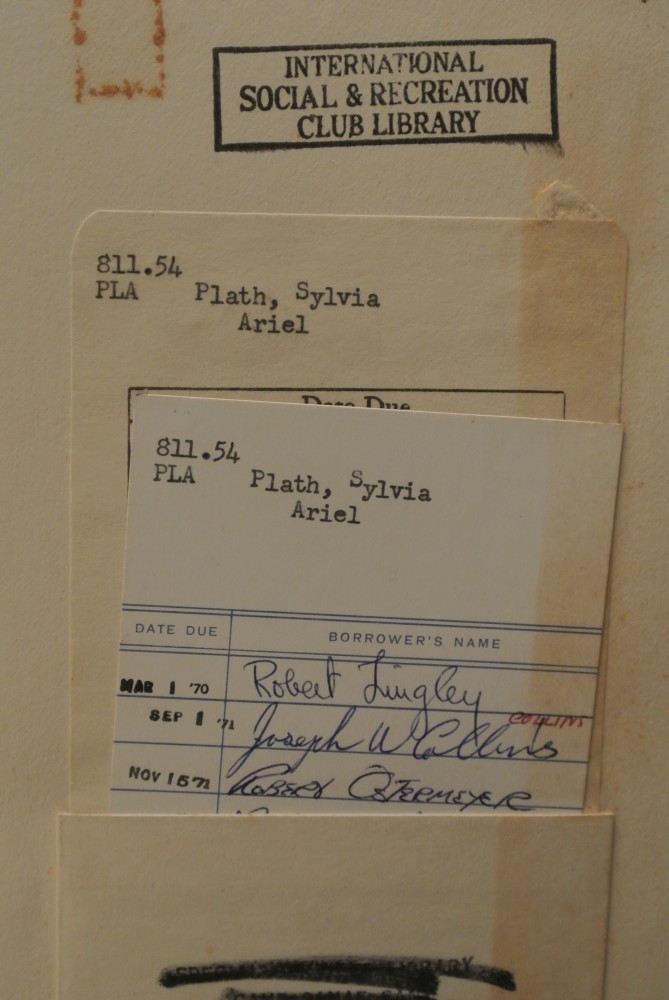
The discarded stamps with their blood-coloured inks have their own poetry, the poetry of errata slips and ephemera, the minor imagery of the front free endpaper and the library card, of distant camps and quonset huts, of rest and recreation in a now long-commodified war. They smell of closed libraries, of books that have spent time in the tropics. But sometimes the thick good paper of these poetry books smells of napalm, willy pete, agent orange, trench foot, joss sticks and mosquito repellant.
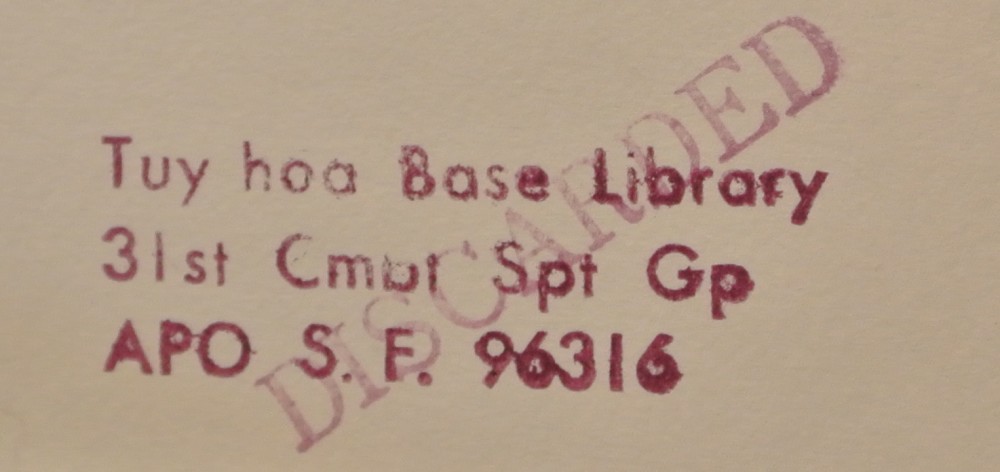
In the eighties I worked as a freelance journalist for the Bangkok Post and the flight and lifestyle magazines. Twice I went with the Pearl S. Buck Foundation on their camps for Amerasian children born during the Vietnam War. They too were remaindered, left behind by the forces on rest and recreation in Thailand. A number of them showed me well-thumbed pictures of their long-gone dads. Their faces too, like the front free endpapers, bore the trace of war’s genetic pool.
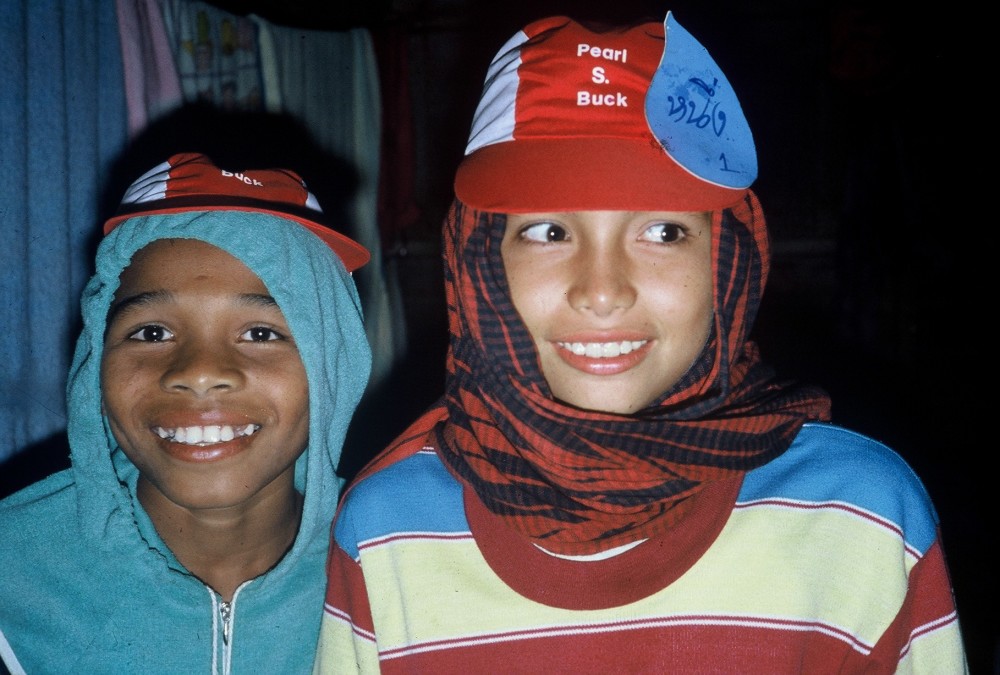
Those kids must be well into their forties now. One of the camps was at Khao Yai National Park, deep in rural Thailand. It was the year “We are the World” was on the airwaves and at campfires we sang the torch song in our various accents, surrounded by the darkness of the Thai jungle.
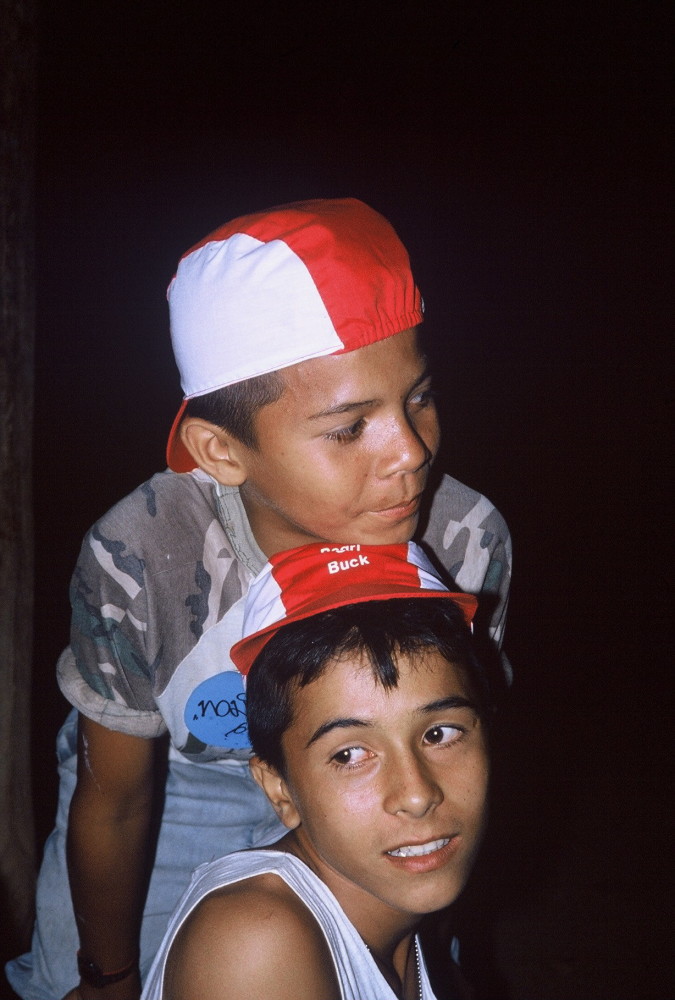
Robert Lowell’s “small war on the heel of small war” has turned out to be a true description of our time. Sometimes in classrooms I line them up, as a memory exercise if nothing else, just to point the lie of peace in our time: Korea, Vietnam, Salvador, the first Gulf War, Iraq, Afghanistan. Reading Brian Turner’s poems brought them all back. My gay godfather, Uncle Jimmy, told me once he had gone back to meet up with old lovers from the underground gay scene in 1930s New York – he found them in the cemeteries, dead in Korea. For me the subsequent wars were on television, but Brian’s poems show that war has entered his psyche.

In Phantom Noise (2010) civilian life, vet trauma and war get mixed up in surreal narratives:
I’m out on patrol again, driving
Blackstone to Divisidero, Route Tampa
to Bridge Number Four, California
to the neighbourhoods of Mosul, each stoplight
an increment, a block away from home
At times the stark reality of what’s being described in Brian’s poems pulls you up with its cruelty:
We turned them over to the MPs, who looked bored
of caffein and paperwork as I filled out the depositions,
the Iraqis shunted into holding pens of wire.

Brian took a moment in the music room to record for me his poem “Eulogy”. Here it is:
Eulogy
It happens on a Monday, at 11:20 A.M.,
as tower guards eat sandwiches
and seagulls drift by on the Tigris River.
Prisoners tilt their heads to the west
though burlap sacks and duct tape blind them.
The sound reverberates down concertina coils
the way piano wire thrums when given slack.
And it happens like this, on a blue day of sun,
when Private Miller pulls the trigger
to take brass and fire into his mouth:
the sound lifts the birds up off the water,
a mongoose pauses under the orange trees,
and nothing can stop it now, no matter what
blur of motion surrounds him, no matter what voices
crackle over the radio in static confusion,
because if only for this moment the earth is stilled,
and Private Miller has found what low hush there is
down in the eucalyptus shade, there by the river.
PFC B. Miller
(1980 – March 22, 2004)
Here’s Brian reading “Eulogy”:
